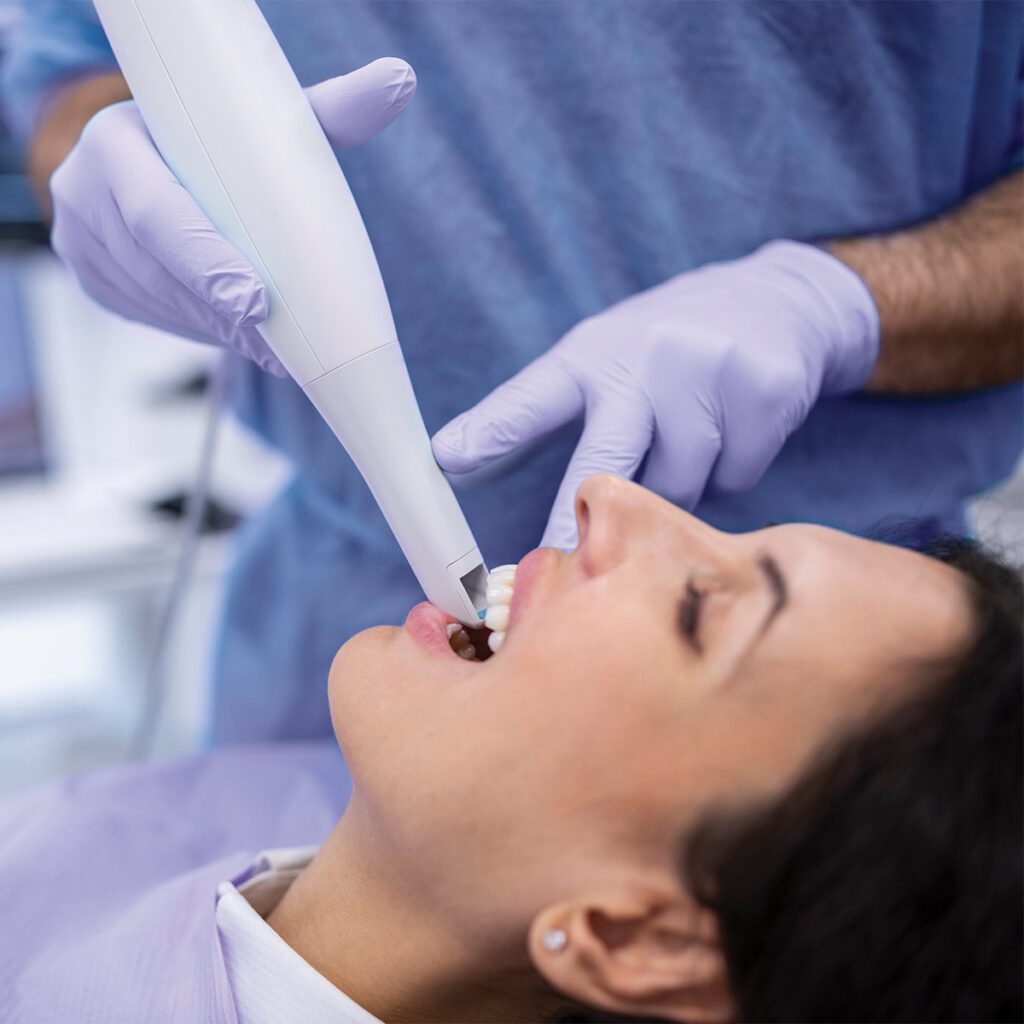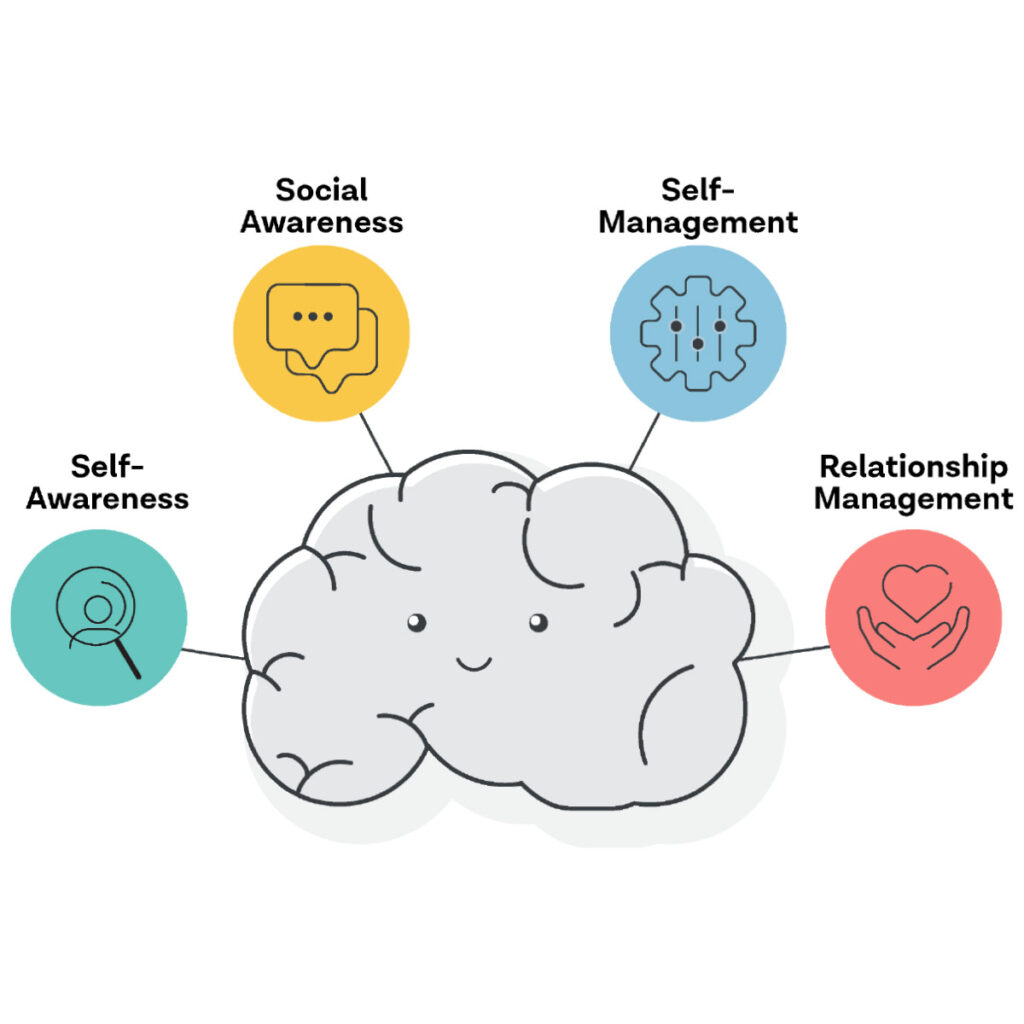Correcting Malocclusion and Building Beautiful Smiles
By Katherine Ladny Mitchell
People with crooked teeth or pronounced overbites or underbites may have difficulty cleaning their teeth, chewing their food or feeling confident about their appearance. Orthodontic care, which corrects a malocclusion, or “bad bite,” through appliances like braces and retainers, can solve many of these issues. In addition to creating a beautiful smile, orthodontic care can protect teeth from unnecessary wear, prevent periodontal (gum) diseases and jaw problems, and aid in eating and speaking.
The American Association of Orthodontists strongly advises that children be screened for orthodontic problems by age seven, since early orthodontic treatment can have the best results on a child’s developing jaw. A dentist can tell whether orthodontic care will be necessary once a child’s permanent teeth start to arrive.
A child needing treatment will be referred to an orthodontist— a dental specialist who can diagnose, prevent and treat dental and facial irregularities. Children often receive orthodontic care in their preteen or early teen years. Adult orthodontic care may take longer and require more complicated treatments (such as facial surgery) to correct more established malocclusions.
Orthodontists use fixed and removable appliances to apply corrective pressure to a person’s teeth and jaw over time. During the active phase of treatment, an orthodontist usually installs a fixed appliance, or braces, to realign the teeth. Braces use brackets, wires and elastics to gradually coax teeth into their proper positions. Brackets may be clear, tooth-colored, multicolored or even attached behind the teeth, according to patient preference.
Patients usually wear braces between one to three years. Once teeth are realigned, an orthodontist will remove the braces and prescribe a retainer, a plastic structure that encloses the teeth, to maintain correct positioning. Unlike braces, retainers are temporary and can be inserted or removed by the patient.
This second phase of treatment, known as the retention phase, often lasts until wisdom teeth have either arrived successfully or have been removed. Although some patients may balk at the prospect of wearing a retainer until their early 20s, failing to wear one may cause newly straightened teeth to revert to their crooked positioning.
Modus Health StepWatch 5




